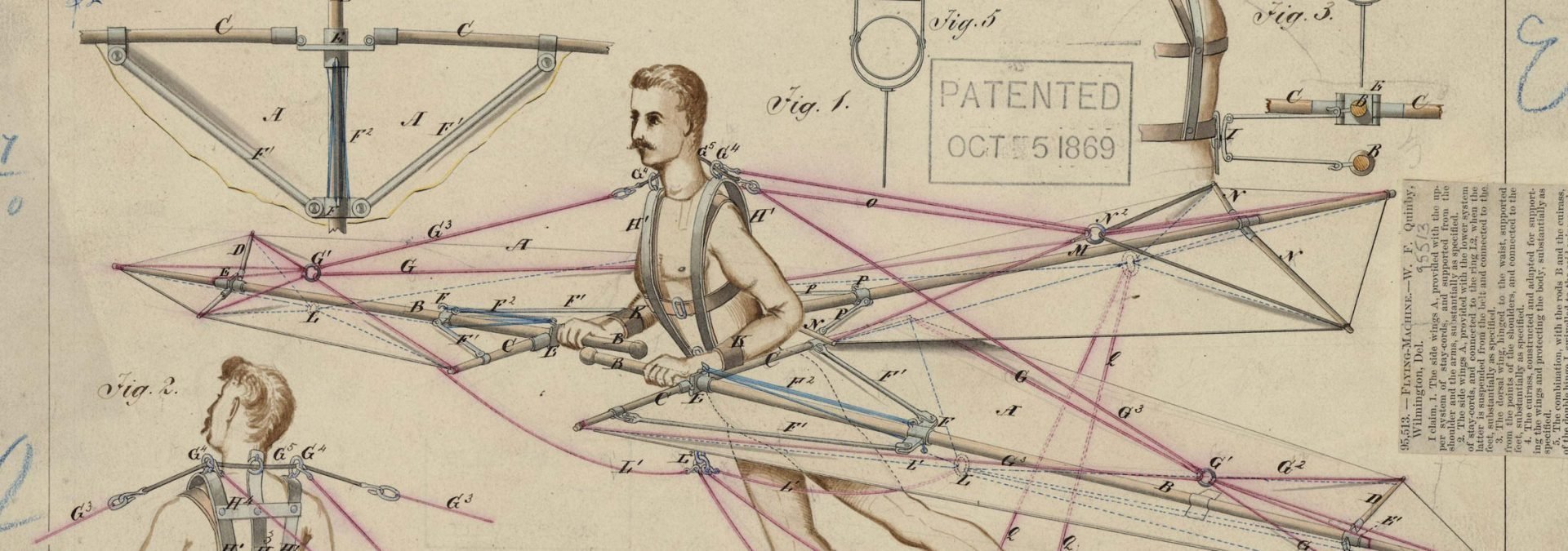Prototypes are near and dear to our hearts because building and using them helped us succeed in licensing our dead battery prevention device, the Battery Buddy, to a huge company. We built our prototypes ourselves. But there are other ways to get it done.
In the companion to this piece, you can learn about the strategic thinking that you must do in order to proceed effectively with the prototyping phase of your startup.
Here’s some advice about moving your invention prototype from your mind’s eye to a reality that will help you commercialize your product.
Build the prototype yourself
That’s the cheapest approach, and it may be the best. Claus Sadlier, for example, spent less than $1 on the materials for his prototype for a triple-wall-insulated paper cup. He used existing paper cups, poster board, cardboard, glue and scissors at his kitchen table to fashion the value-added device that now generates $50 million in annual sales for his Vernalis, California, company, Insulair Inc.
“It demonstrated functionality and the look and feel of the product,” he says. “It wasn’t something that was difficult to get your mind around, so I could do it myself.”
Find tradespeople to put the prototype together for you
If building your invention prototype requires bending metal or plastic, or engineering and assembly beyond what you used to do with your childhood erector set, you may have to get some help.
Check out independent tool-and-die shops where they’re used to such requests. Also, tradespeople such as welders and pipefitters can work with you on assembling a prototype of your invention on a materials-and-time basis, which may run you $100 an hour. Auto-repair shops may be willing to do such work too.
John Abdo found a local construction contractor that makes metal fences and was willing to help him build prototypes for his fitness inventions such as his Abdo-er, an exercise device that has grossed more than $400 million. “If you look hard enough,” says the Marina Del Rey, Calif.-based owner of John Abdo Fitness, “you can find fabricators who will help you put together a model.”
Instead of paying with cash, consider providing incentive-based compensation that rewards the prototype maker upon successful commercialization of the product. This could include a small portion of sales or royalties generated.
To put the latest prototyping technology to work, try stereolithography . That’s a fascinating service that uses a machine to quickly and fairly inexpensively create a polymer version of your product. For this approach, keep in mind you’ll need digitized, three-dimensional engineering drawings.
In any case, Sadlier says, make sure that you obtain confidentiality agreements with any artisan or shop that works for you. “They aren’t typically looking to rip anyone off,” he adds, “so they shouldn’t have a problem signing it.” If you’re haunted by the fear of someone stealing your ideas, consider having one vendor make one part of your invention prototype and another vendor make another part. Only you will know what the prototype is intended to do when the pieces are combined.
Also on StartupNation.com: I Have a Startup Idea: What’s Next?
Solicit help in the industrial-design community
Every major metro area has an industrial-design houses where you can get technical or design-oriented help.
Industrial-design departments of colleges, universities and technical schools are also a great place to start; find many through the Industrial Design Society of America. “It’s much less expensive than going to a major design company,” says Missy Cohen-Fyffe, owner of Babe Ease LLC, in Pelham, N.H., and originator of a number of sewn-cloth baby accessories. She used a combination of seamstresses and local-college design help to put together invention prototypes of her first two products for less than $100 each.
Our Bottom Line
As long as you start with solid strategic objectives for your invention prototype, you can put one together relatively easily and inexpensively. And if you can’t do it yourself, there are plenty of others willing and able to help.
A StartupNation Business Solution
Invention & Licensing Consultant
Jim DeBetta is a renowned product development and sales expert who has amassed millions of dollars within the retail selling world. Known nationally as a trusted coach and mentor to thousands.






